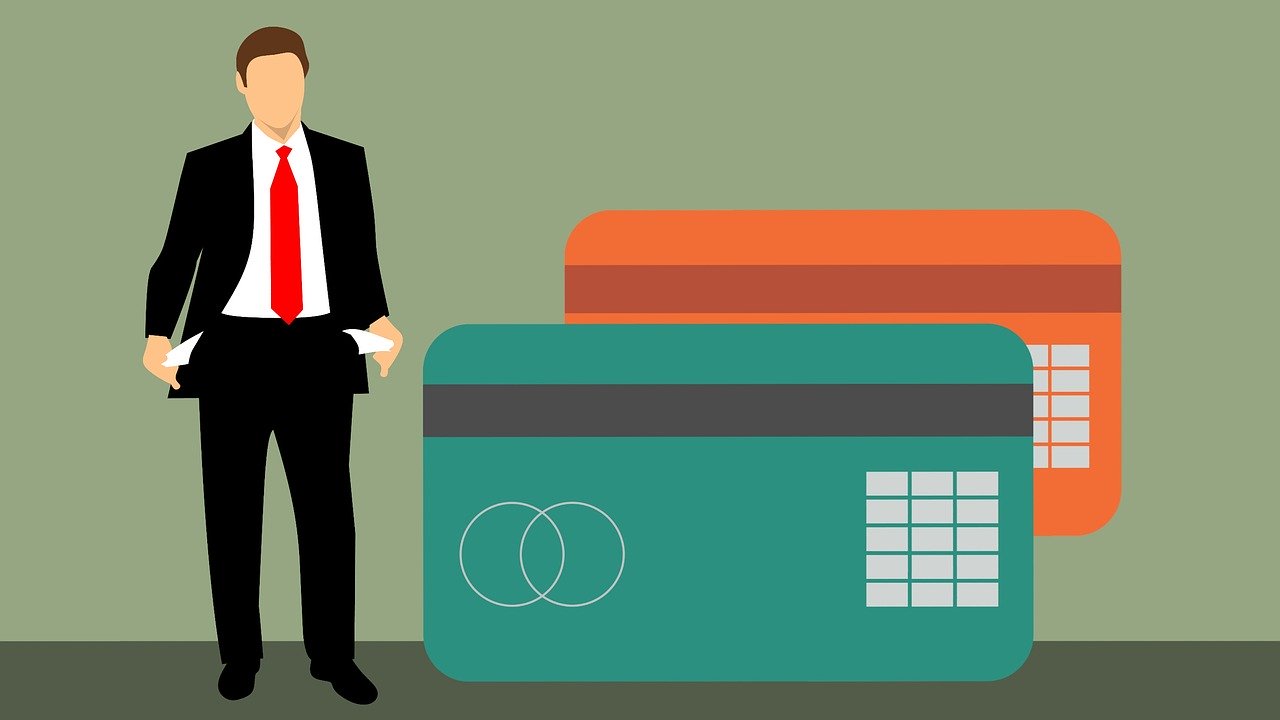One question that many ask is “Should I invest or pay down debt?” Let me quote from a prior article Retirement — A Luxury Good.
Q2 2021 hedge fund letters, conferences and more
What is a safe withdrawal rate?
A safe withdrawal rate is the lesser of the yield on the 10 year treasury +1%, or 7%. The long-term increase in value of assets is roughly proportional to something a little higher than where the US government can borrow for 10 years. That’s the reason for the formula. Capping it at 7% is there because if rates get really high, people feel uncomfortable taking so much from their assets when their present value is diminished.
How should you handle a significant financial windfall?
If you have debt, and that debt is at interest rates higher than the 10 year treasury yield +2%, you should use the windfall to reduce your debt. If the windfall is still greater than that, treat it as an endowment fund, invest it wisely, and only take money out via the safe withdrawal rate formula.
I have been debt-free for eighteen years. Being debt-free enables me to take more risk with my assets if I think it is warranted. At present, I think that if someone has debts with interest rates higher than 3.4%/year, it makes sense to pay down debt rather than invest more. Now there may be tax reasons why one would not liquidate assets to pay down debt, but if you have free cash not needed for a buffer fund, then use the excess cash to pay down debt. Don’t use the Dave Ramsey method, which is stupid. Pay down the highest interest rate debt first.
I can say this with greater confidence at present, because most stock portfolios and private equity portfolios will lose money in nominal terms over the next ten years much like the 2000-2010 decade. Valuations are comparable to that of the dot-com bubble, and unless you are invested in stocks with low valuations and low debt, you will get whacked when the next crisis hits, as growth stocks will decline by more than 50% unless the Fed intervenes, which it might NOT do if inflation is hot.
All other things equal, a debt-free lifestyle is pleasant — there is less worry. Anytime you lower the amount of money that must go out each month, life gets easier.
What’s that, you say? When would I be willing to invest rather than decrease debt? If I had an investment that I thought would return more than 7% over the interest rate of my highest yielding debt, I would invest, assuming that the investment has a sustainable competitive advantage.
I’ve given two rules here, and there is a considerable possibility that neither rule may apply. In that case, do half. Take half of the excess cash and pay down debt, and invest the other half. The “Do Half” rule exists to make good decisions easier when situations are uncertain. It’s not perfect but it will give you the second-best solution. And if you always do second-best, you are beating most of the world.
My bias is to pay down debt. It’s a happier lifestyle, and most people don’t do well acting like mini-hedge funds — borrowing to invest. In a bull market, it looks like genius, but when the bear cycle hits it is traumatic, and many don’t survive it well, particularly if they get laid off.
With that, in the present environment, I encourage you to reduce debt. Unless you invest in unpopular stocks, as I do, future returns will be poor. Reducing debt gives you a relatively high return, and with certainty. Take the opportunity to reduce debt when it makes sense.
Article by David Merkel, The Aleph Blog

